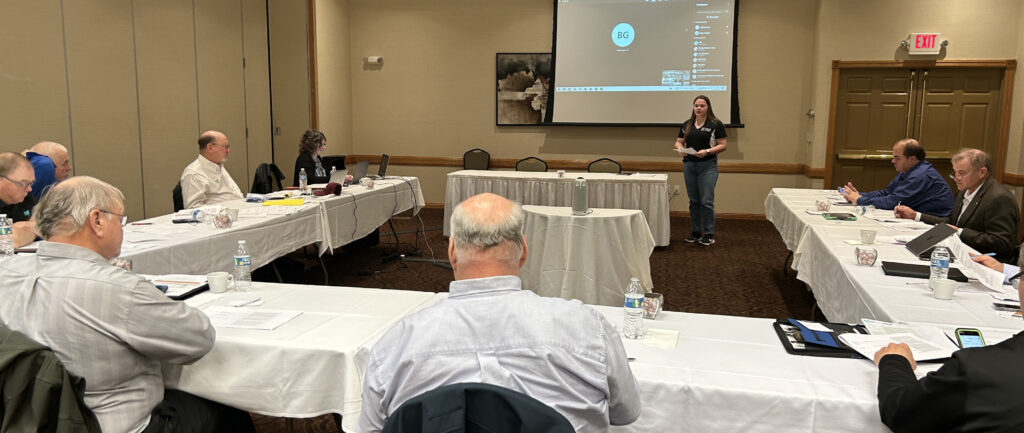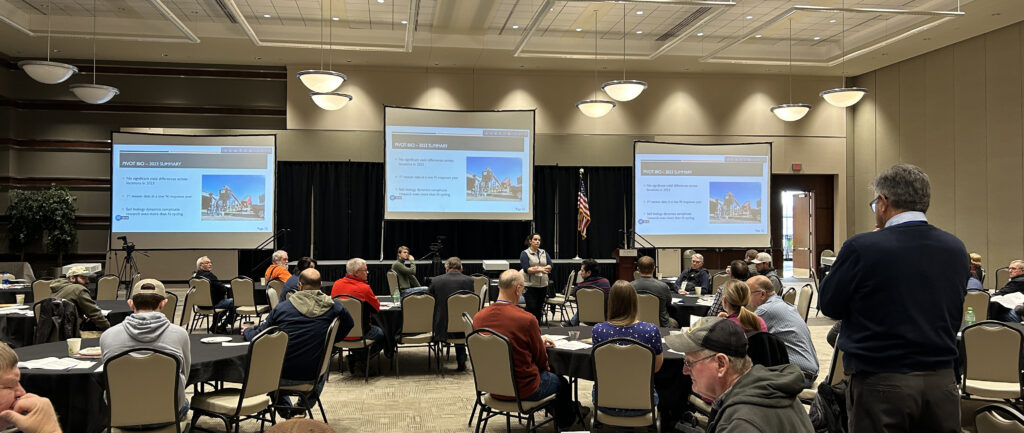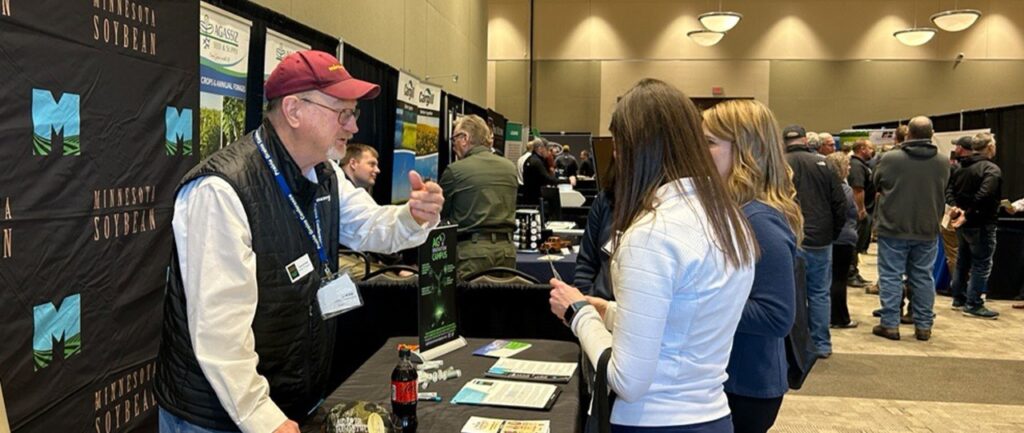As the weather warms, soybean fields are being planted, and the focus on weed control increases. One of the new tools, dicamba for dicamba-tolerant soybeans, continues to evolve. The products really have not changed, but the information concerning proper utilization continues to be updated.
Update number one: Training continues. The three companies – Dupont, Monsanto and BASF – have completed the face-to-face training promised last fall, and have developed and launched significant online presence. In addition to the online training presentations now available, they all have videos and articles providing updates to proper application, descriptions of commonly misunderstood techniques and enhanced drift control procedures. The websites (listed below) and labels should be reviewed frequently before application of dicamba products for dicamba-tolerant soybeans. One thing I have heard from people in industry and government is we can’t afford a repeat of last year if these products are to remain on the market. If you are going to use these products, please spend the effort to become educated on their proper use.
Update number two: MDA and EPA are serious about record keeping. BASF, Dupont and Monsanto offer templates or applications (RRXtend Spray App, available at Apple App Store or Google Play) to help you with record keeping. While there are no official substitutes for the EPA or MDA records, all offer the detail needed to fill out the official records. A note of caution, be very careful with interpreting the words “and, or and also.” In one area of the labels, record keeping requires listing when the applicator either consulted a sensitive crops registry or conducted a survey of adjoining fields for sensitive crops. In other label sections, the requirement is to do both. In conversations with governmental officials, it became clear; incomplete records, delayed record completion, etc. will cause increased scrutiny with any investigation.
Another topic on the label is sprayer system cleanout. The label describes the intensity of the cleanout procedure, but it does not emphasize the applicator is required anything that came in contact with these dicamba products including herbicide tenders, not just the sprayer. One must read the label very closely to understand all the issues associated with using these products.
The label is very clear on this, these records must be completed properly, according to label directions or you are in violation of the label. AS there is a lot of repeated information required, these same government officials recommended preloading (filling out as much information as possible) the forms prior to application, then finishing the forms as soon as possible after application.
Update number three: Weather data will be important. As one reads the labels on these products, it becomes evident wind speed, wind direction, temperature, humidity etc. will be very important information to record. This information will be required for the forms mentioned above. The same weather information will impact off-site movement. While weather apps, found online or accessed via your smart phone are helpful, they are not always precise. Some extension specialists recommend using at least two weather prediction sites to predict application (mixing, etc.) and using a hand held wind speed/direction and temperature device in the field to record conditions at spraying. Failure to complete the form, accurately, will result in intensified scrutiny during an investigation. Applying these products according to the label if you wish to optimize effectiveness and minimize off-site movement.
Update number four: Dicamba is not a “rescue” option. All companies officially recommend using a pre-emergent at planting followed by a post emergent (crop) application, usually 3-5 weeks post planting of a herbicide with residual activity (such as WarrantTM) with other post herbicides (glyphosate, dicamba for DT soybeans, etc.). All companies recommend applying dicamba to weed less than 4 inches in height. Monsanto advertises,“Apply early with confidence.” None of the companies recommends using dicamba on waterhemp or giant ragweed taller than 4 inches. Using these products as a rescue practice will not be cost-efficient, and will lead to development of dicamba resistance in select weed populations, as well as an increased risk of drift onto sensitive areas.
These new dicamba products have been used successfully to control many herbicide resistant weeds in dicamba-tolerant soybeans, and are a valuable addition to our toolbox. However, they do have their limitations; use them correctly if you wish to keep the options open in the future.
For further reading, visit the following websites:
David Kee is the director of research at Minnesota Soybean and can be reached at 507-388-1635 or david@mnsoybean.com.







